Horsey Seals
|
Between November and February a colony of Grey Seals arrive on the beach at Horsey each year to breed |
|
An Introduction to the Horsey Grey Seal Colony
|
|
|
Horsey Seals Guided Picture Tour
|
We start our tour of the Horsey Seals at the car-park at Horsey Gap. This car-park has been vastly improved and a proper track leads from the coast road to a pay and display car-park (about £1 per hour). Located in the car-park is a mobile Kitchen, serving hot and cold drinks and snacks (Wednesday to Sunday). |
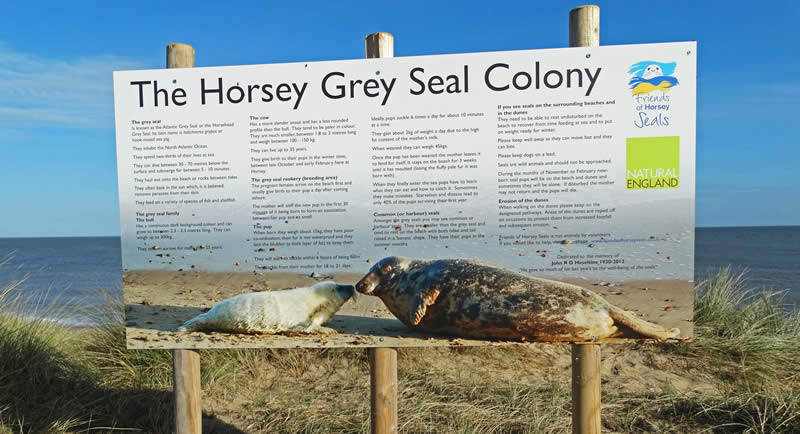
The sign at Horsey Gap |
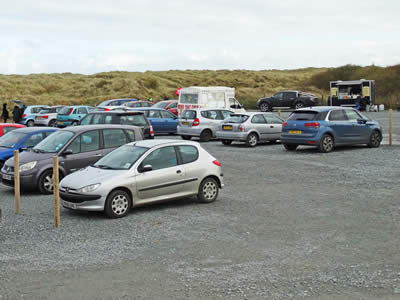
The car park at Horsey Gap |
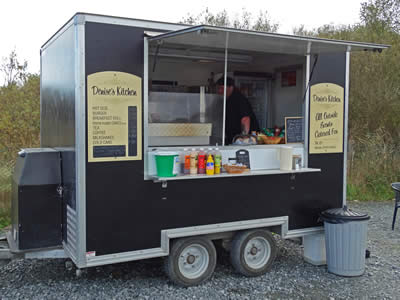
A mobile kitchen located in the car-park |
To get to the seals, you need to walk along the path below the sand dunes to the best viewing area overlooking the beach as directed by the Seal Wardens. The seals tend to move around the beach and the walk to the seals can take somewhere between 15 and 30 minutes (each way). Along the route you will find a number of seal themed quiz questions that you lift the lid to discover the answer. Dogs are allowed on a lead. |
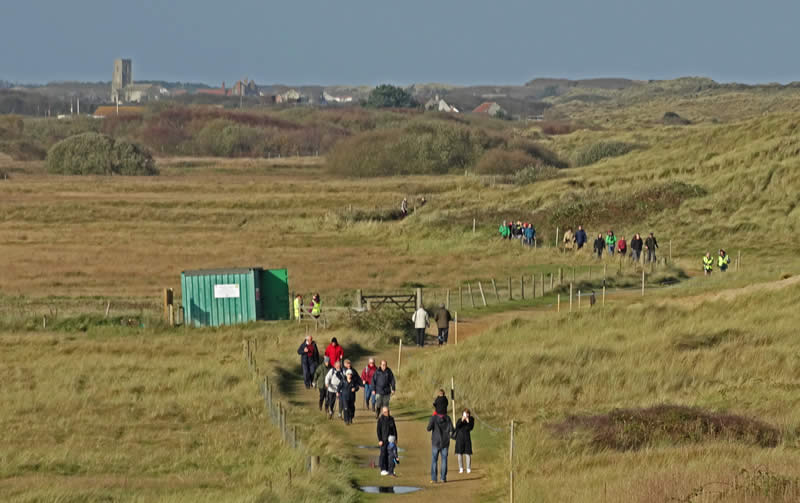
Walking the path from the car-park to the Seal Colony |
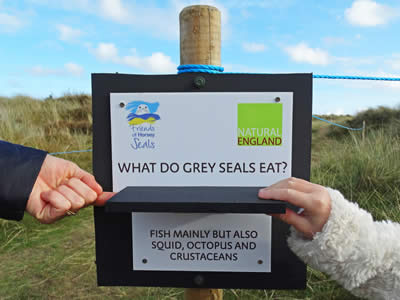
Quiz questions along the path |
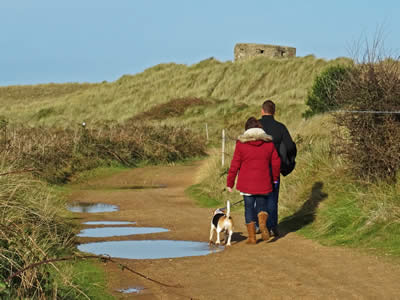
Dogs are allowed on a lead |
Eventually the path leads to the viewing points overlooking the beach (access to the beach itself is not allowed during the pup season). A number of volunteer Seal Warden's help and inform visitors about the seal colony and the number of pups that have been recently born. You can walk along the coast to get the best views, as the seals are usually spread out over the beach. |
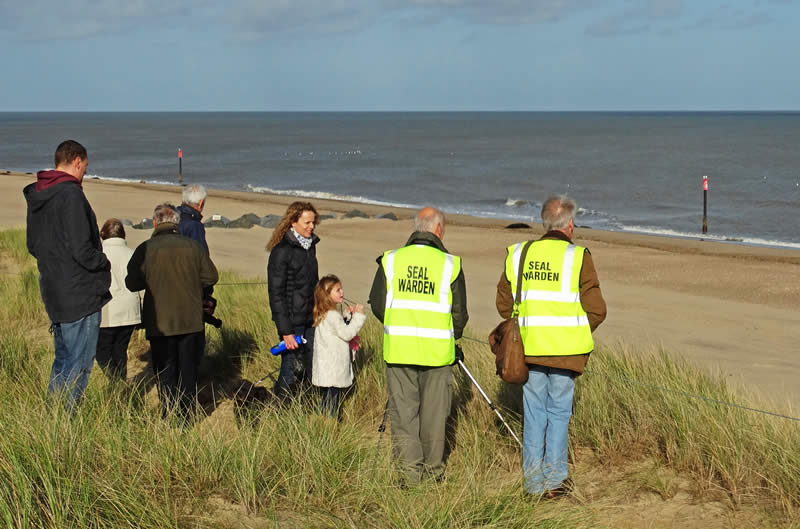
Seal Wardens informing family visitors at the Seal Colony |
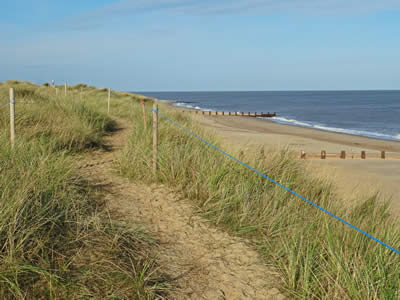
The path along the coast at Horsey |
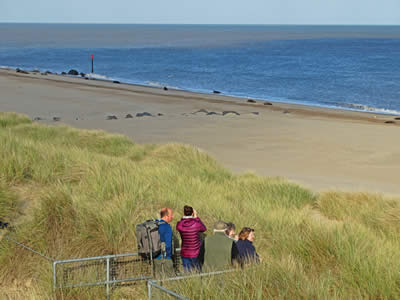
A viewing point overlooking the beach |
TOP TIP: |
Bring a pair of binoculars with you! |
The Seal Colony is layed out on the beach below. The females (cows) arrive on the beach first. They will then give birth the following day and feed their young pups milk for three weeks, while keeping a close eye. The males (bulls) arrive some time later and compete for space on the beach next to a female, with the fittest bulls getting the best positions. They will then mate, with the pregnant females returning here to give birth next year. Grey Seal's are very territorial and fight for their space. Sadly pups straying into another seals territory could get injured or even killed. After around 3 weeks, the seal pup's are weaned and the female's will then leave. Over the next few weeks the young pups will shed their white coat for a new waterpoof mottled coat and eventually make their way into the sea to learn how to feed themselves. |
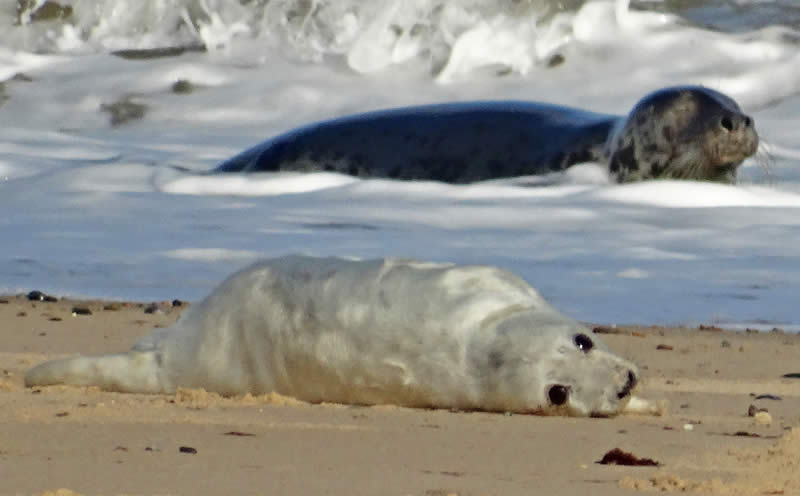
A newborn seal pup laying on the sand, watched over by his mum |
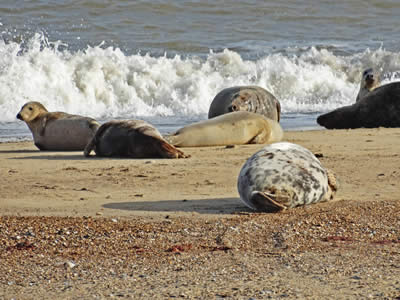
Adult Seals, sunbathing in the surf |
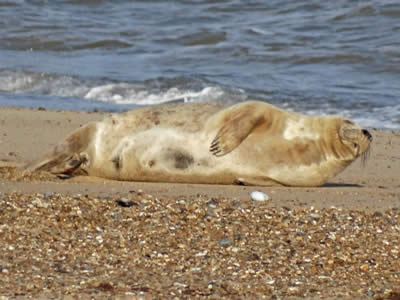
A young seal, rolling on the beach |
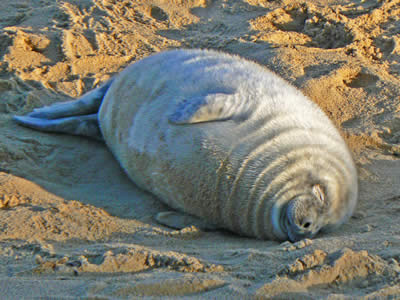
A pup takes a snooze |
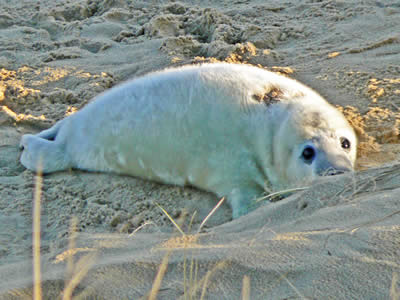
The seal pup's are white in colour |
|
 The females arrive on the beach first and give birth to their pup the following day |
 The pups are fed milk by their mother for three weeks, with the milk containing 60% fat |
 Pups are born with a white coat that is NOT waterproof, hence why they are born on the beach |
 The males arrive later and compete for the best position on the beach, next to a female. |
 Once the females have weaned their pups, they mate again shortly after and give birth here next year |
 Young seal pups teach themselves how to catch food and live at sea |
 More than half of the pups born at Horsey will probably not survive their first year |
 Males can grow over 3M in length and weigh more than 300KG, with females smaller and lighter |
|
|
Our Verdict
|
A trip to see the Horsey Seal Colony is a great family outdoor activity. Other than the cost of car-parking, a visit is free and with lots of fresh air and a brisk walk, this makes a healthy alternative to the traditional indoor winter activities. |
|
|
TOUR INDEX |
|
|
|
|
|
|
|
NEARBY PICTURE TOURS |
|
|
|
|
|
|
TOURIST ATTRACTIONS |
 |
|
MORE OF OUR WEBSITES |
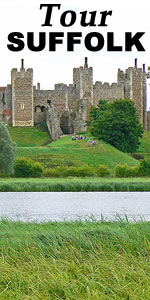 |
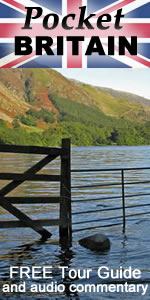 |
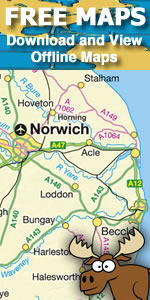 |
| |
|

